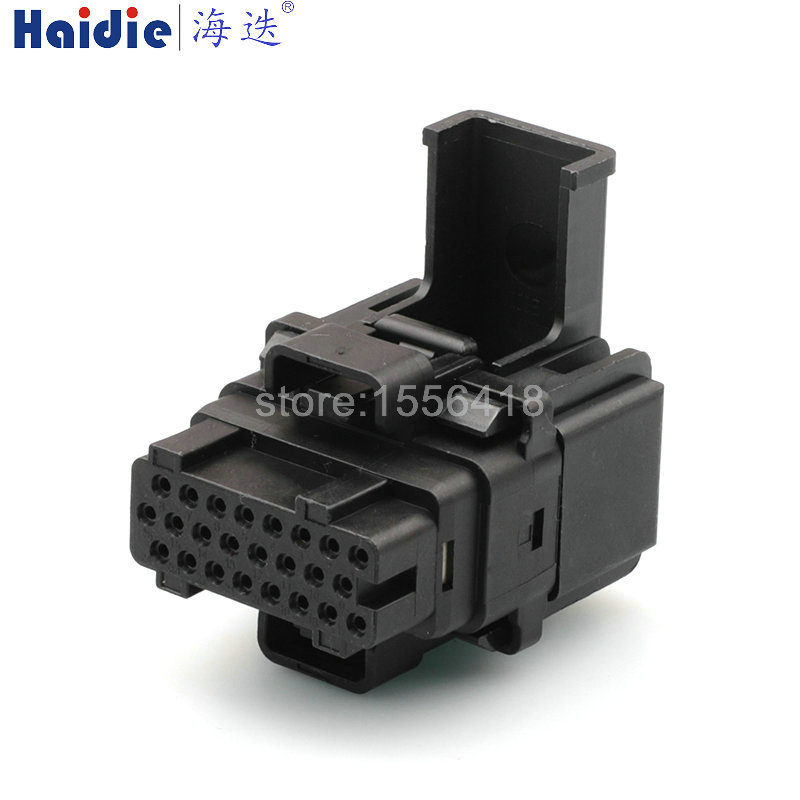With the rapid development of automotive electronics and the continuous improvement of intelligence, automotive connectors and terminal blocks will usher in a new development trend in the future.
First of all, with the rapid popularization of electric vehicles, automotive connectors and terminal blocks will carry greater current and power. Electric vehicles have a large demand for high current, and traditional connectors and terminal blocks may not be able to meet such demands. Therefore, future automotive connectors and terminal blocks will need to improve their electrical conductivity, and achieve higher current and power transmission capabilities through design and material upgrades.
Secondly, with the continuous improvement of autonomous driving technology, automotive connectors and terminals need to have higher signal transmission speed and stability. Autonomous vehicles require a large number of sensors and corresponding data transmission, requiring connectors and terminals to support high-speed data transmission and stable signal transmission. Therefore, future connectors and terminals need to increase the signal transmission speed and adopt more advanced signal processing technology to meet the high-speed and stable data transmission requirements of autonomous driving technology.
In addition, with the rapid development of intelligent technology, future automotive connectors and terminal blocks will pay more attention to the ability to connect and communicate with other smart devices. Cars will be connected with smart phones, smart homes and other devices, and connectors and terminals need to have stronger compatibility and interconnectivity. This will make the connector design more flexible and support multiple communication protocols and interface standards to realize intelligent connection and interaction with different devices.
Finally, environmental protection and sustainable development are important goals for the future automotive industry. Therefore, automotive connectors and terminal blocks need to develop in a more environmentally friendly direction. Future connectors and terminals will use more environmentally friendly materials, such as lead-free soldering materials, to reduce environmental pollution. At the same time, the design of connectors will also pay more attention to energy efficiency to reduce energy consumption and waste. To sum up, in the future, automotive connectors and terminal blocks will face higher current and power requirements, faster signal transmission speeds, stronger interconnection capabilities, and more environmentally friendly requirements. Through technological innovation and standard unification, automotive connectors and terminal blocks will continue to develop and progress in the fields of electric vehicles, autonomous driving, and intelligence, providing strong support for the future development of the automotive industry.
Post time: Jul-29-2023


